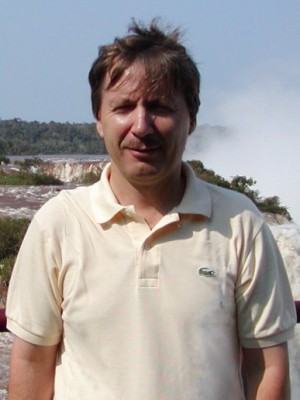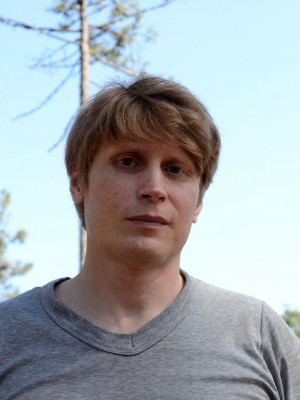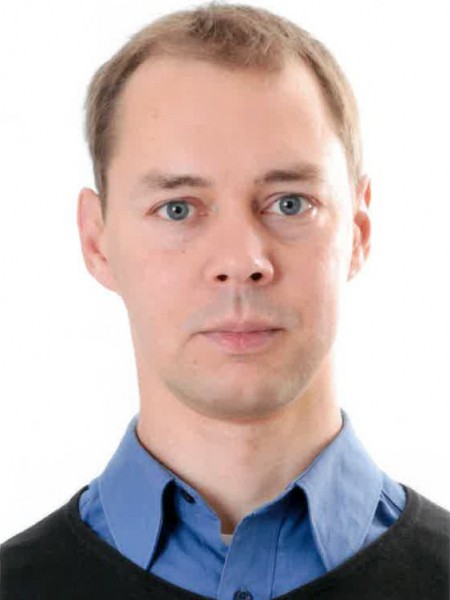resumo
2D piezoelectric materials such as transition metal dichalcogenides are attracting significant attention because they offer various benefits over bulk piezoelectrics. In this work, the fabrication of layered biomolecular crystals of diphenylalanine (FF) obtained via a co-assembly of l,l- and d,d- enantiomers of FF monomers is reported. Their crystal structure, thermal and chemical stabilities, and piezoelectric properties are investigated. Single crystal X-ray diffraction results show that FF enantiomers are arranged in the form of bilayers consisting of monomers with alternating chirality packed into a tape-like monoclinic structure belonging to a polar space group P2(1). Each bilayer (approximate to 1.5 nm thick) demonstrates strong out-of-plane piezoelectricity (d(33) approximate to 20 pm V-1) that is almost an order of magnitude higher than in the archetypical piezoelectric material quartz. The grown crystals demonstrate better thermal and chemical stabilities than self-assembled hexagonal FF nanotubes studied in the past. Piezoelectric bilayers, being held via weak aromatic interaction in the bulk crystals, can be exfoliated by mechanical or chemical methods, thus resulting in a 2D piezoelectric material, which can find various applications in biocompatible and ecologically friendly electromechanical microdevices, such as sensors, actuators, and energy harvesting elements used in implantable and wearable electronics.
palavras-chave
L-AMINO-ACIDS; MOLECULAR AGGREGATION; PEPTIDE NANOTUBES; 1/1 COMPLEXES; MOS2; MONOLAYERS; ENERGY
categoria
Chemistry, Multidisciplinary; Chemistry, Physical; Nanoscience & Nanotechnology; Materials Science, Multidisciplinary; Physics, Applied; Physics, Condensed Matter
autores
Zelenovskii, PS; Romanyuk, K; Liberato, MS; Brandao, P; Ferreira, FF; Kopyl, S; Mafra, LM; Alves, WA; Kholkin, AL
nossos autores
Grupos
G1 - Materiais Porosos e Nanossistemas
G2 - Materiais Fotónicos, Eletrónicos e Magnéticos
G3 - Materiais EletroquÃmicos, Interfaces e Revestimentos
Projectos
CICECO - Aveiro Institute of Materials (UIDB/50011/2020)
CICECO - Aveiro Institute of Materials (UIDP/50011/2020)
Collaboratory for Emerging Technologies, CoLab (EMERGING TECHNOLOGIES)
agradecimentos
This work was developed within the scope of project CICECO-Aveiro Institute of Materials (UIDB/50011/2020 & UIDP/50011/2020) financed by national funds through the FCT - FundacAo para a Ciencia e a Tecnologia, I.P. (Portugal). S.K., P.Z., L.M., and A.K. were supported by FCT through the project BioPiezo- PTDC/CTM-CTM/31679/2017 (CENTRO-01-0145-FEDER-031679). Part of this work was funded by national funds (OE), through FCT, in the scope of the framework contract foreseen in the numbers 4, 5, and 6 of the article 23, of the Decree-Law 57/2016, of August 29, changed by Law 57/2017, of July 19. M.L. thanks the financial support from SAo Paulo Research Foundation (FAPESP, grant no. 19/10789-7). F.F.F. thanks the financial support from the National Council for Scientific and Technological Development (CNPq, grant no. 305601/2019-9). W.A.A. is supported by CNPq (grant no. 304389/2019-6), the National Institute of Science and Technology in Bioanalytics (FAPESP grant no. 2014/50867-3 and CNPq grant no. 465389/2014-7), and FAPESP (grant no. 2017/02317-2). Part of this work (A.K.) was supported by the Ministry of Science and Higher Education of the Russian Federation (grant no. 075-15-2021-588). The NMR spectrometers are part of the National NMR Network (PTNMR) and are partially supported by Infrastructure Project 022161 (co-financed by FEDER through COMPETE 2020, POCI and PORL and FCT through PIDDAC). L.M. thanks the funding from the European Research Council (ERC) under the European Union's Horizon 2020 research and innovation program (grant no. 865974). The authors are grateful to Dr. Vladimir Bystrov for the support of quantum-chemical calculations and to Dr. Emerson Rodrigo da Silva for granting access and assistance in solid-state circular dichroism measurements at the Federal University of SAo Paulo-UNIFESP (SAo Paulo, Brazil).







